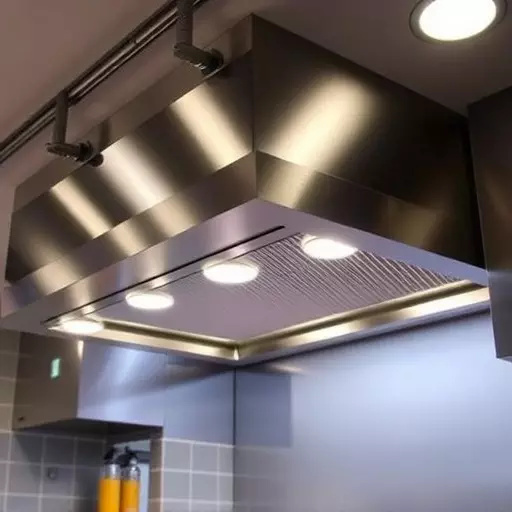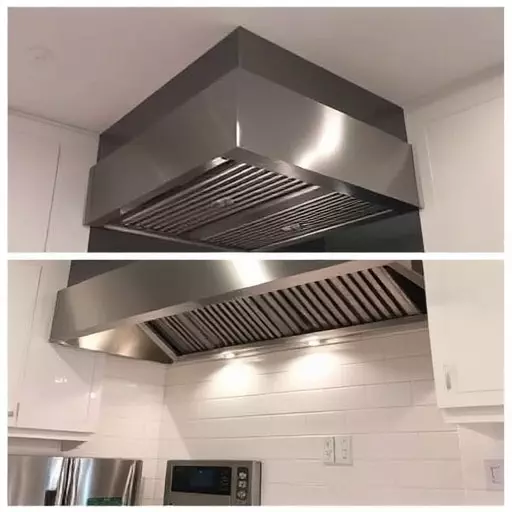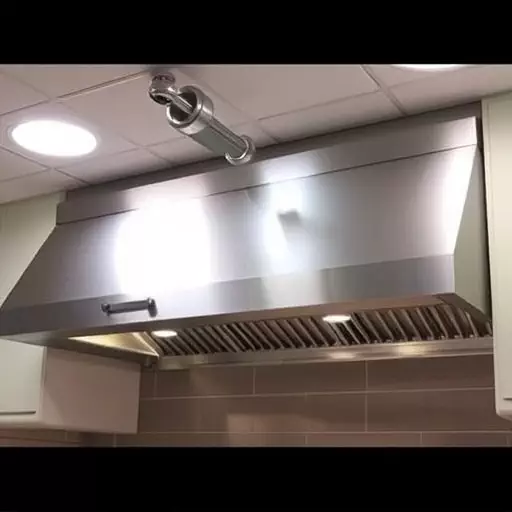Upgrading your kitchen's fire suppression system in Jacksonville is crucial for safety and liability reduction. Consult professionals for a tailored replacement or upgrade, focusing on steam injection, gas, and water mist systems. This strategic move enhances sensitivity, response times, and targeted heat control, ensuring compliance with local regulations and protecting your business from potential losses.
“In the realm of kitchen safety, a well-maintained fire suppression system is paramount. This article explores the crucial topic of replacing integrated suppression controls, specifically focusing on kitchen hood systems in Jacksonville. We delve into ‘Understanding Integrated Suppression Controls’ and highlight the ‘Basics of Kitchen Fire Safety’. With an eye towards upgrading your system, we offer a comprehensive step-by-step guide for a seamless transition. Discover the benefits and best practices tailored to Jacksonville’s culinary landscape when contemplating a fire suppression system upgrade.”
- Understanding Integrated Suppression Controls: The Basics of Kitchen Fire Safety
- Why Consider Upgrading Your Fire Suppression System?
- Step-by-Step Guide to Replacing Kitchen Hood Suppression Systems
- Benefits and Best Practices for Kitchen Suppression System Replacement in Jacksonville
Understanding Integrated Suppression Controls: The Basics of Kitchen Fire Safety
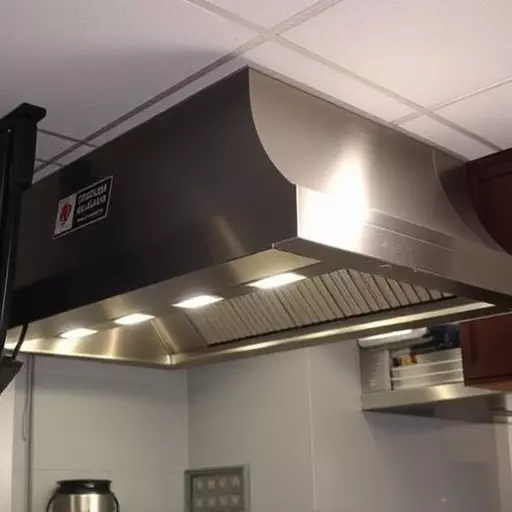
Integrated Suppression Controls (ISCs) are a crucial component of kitchen fire safety in Jacksonville and beyond. These systems combine multiple fire suppression mechanisms, such as steam injection, gas suppression, and water mist, within a unified network. ISCs detect fires using advanced sensors and automatically trigger the appropriate suppression agent to extinguish or control the blaze. This multi-layered approach significantly enhances fire safety in commercial kitchens, where fires can quickly escalate due to the constant presence of flammable materials, open flames, and high heat.
When considering a kitchen suppression system replacement or upgrade, it’s essential to consult with professionals who specialize in fire suppression systems. They can assess the unique layout and needs of your Jacksonville kitchen, recommend suitable ISC solutions, and ensure proper installation and maintenance. A well-upgraded fire suppression system not only protects lives and property but also aids in maintaining compliance with local fire safety regulations, ensuring a more efficient and effective response to any future culinary-related emergencies.
Why Consider Upgrading Your Fire Suppression System?
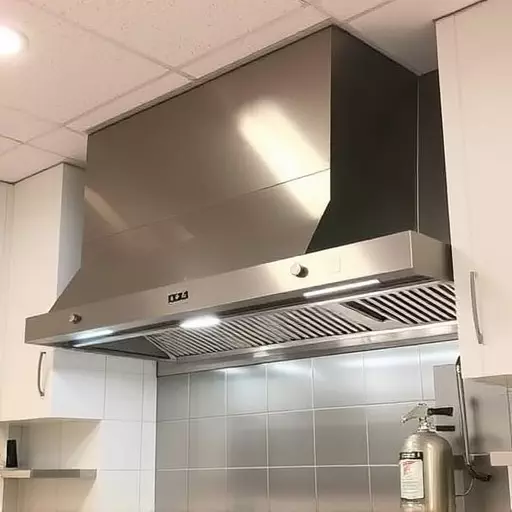
Upgrading your fire suppression system, particularly in high-risk areas like kitchens, is a strategic decision that offers multiple benefits. In the dynamic landscape of food service and commercial cooking, where kitchen suppression systems play a pivotal role in safety, staying current with advancements in technology ensures optimal protection. An outdated system might not effectively suppress fires or alert personnel in time, leading to potential hazards and increased liability for Jacksonville businesses.
Modern fire suppression system upgrades provide enhanced sensitivity, faster response times, and more efficient targeting of heat sources. For kitchen hood suppression systems, this means better control over suppressant release, minimizing damage from water or chemicals while effectively extinguishing fires. Such an upgrade not only protects your business and its assets but also ensures the safety of your employees and customers, addressing critical concerns in the competitive Jacksonville market.
Step-by-Step Guide to Replacing Kitchen Hood Suppression Systems
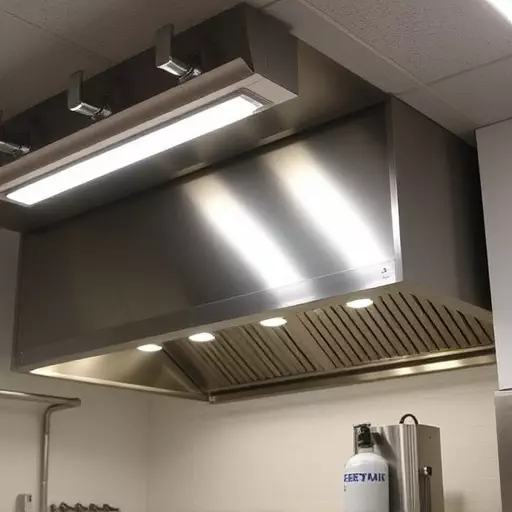
Replacing your kitchen hood suppression system is a critical task that requires careful planning and execution to ensure safety and efficiency. Here’s a step-by-step guide tailored for Jacksonville residents looking to upgrade their fire suppression systems.
1. Assess Your Needs: Begin by consulting with a professional fire suppression specialist to evaluate your current kitchen hood system. They can help identify any potential issues, code updates, or new technologies that might enhance your home’s safety. This step is crucial for ensuring compliance with local regulations and maximizing the effectiveness of the replacement.
2. Select the Right System: Based on your assessment, choose a suitable kitchen suppression system. Modern options include advanced wet chemical systems, dry chemical systems, or even ionization-based solutions. Consider factors like cooking habits, hood size, and budget to make an informed decision. Professionals can guide you in selecting the optimal system for your Jacksonville home.
3. Plan Disruption Minimization: As with any renovation, scheduling is key. Plan to minimize disruption by coordinating with your local fire department or building inspectors for approval and installation slots. This ensures that your kitchen remains functional during the replacement process without compromising safety checks.
4. Remove the Old System: With necessary permits in hand, a licensed contractor will safely remove the existing hood suppression system. This step involves careful disassembly to ensure all components are properly disposed of or recycled according to local guidelines.
5. Install the New System: The contractor will then install your chosen kitchen hood suppression system. This process includes precise placement, connection to gas lines (if applicable), and integration with any required ventilation systems. Regular testing ensures the new system functions optimally.
6. Post-Installation Checks: After installation, conduct thorough testing by a fire suppression expert. They’ll verify the system’s functionality, pressure levels, and compliance with safety standards. This step is vital to ensure your investment provides the protection it promises.
Benefits and Best Practices for Kitchen Suppression System Replacement in Jacksonville

